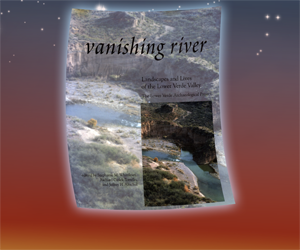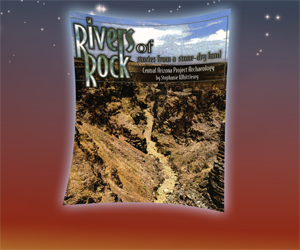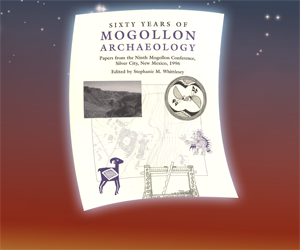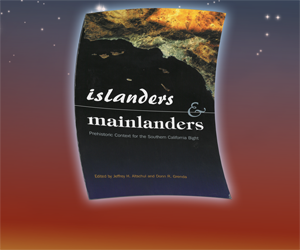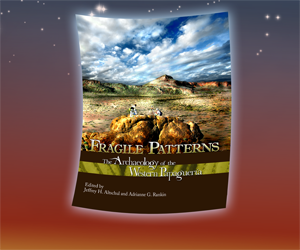The Archaeology of Alamo Lake, Arizona: A Cultural Resources Sample Survey
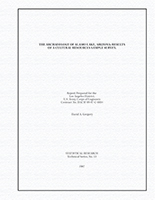
By David Gregory
Technical Series 13
224 pp. / 1987
During July and August of 1987, Statistical Research, Inc., conducted a cultural resources survey of approximately 2,400 acres, located in and around Alamo Dam and Reservoir and within the property administered by the Los Angeles District, U.S. Army Corps of Engineers. During the survey, 44 archaeological sites and 8 isolated, non-site occurrences of cultural materials were discovered and recorded. Other environmental data relevant to the interpretation of cultural resources within the study area were also collected. The environmental characteristics of the study area are reviewed, and consideration is given to the effects of human modifications of the environment upon cultural resources within the study area. Previous research and the general culture history of the area are reviewed. The survey design and the methodologies employed during the survey are discussed, and the general results of the survey are summarized. The constituent components of individual sites are described and illustrated, and the sites and isolated occurrences recorded during the survey are described in detail. Data from previous surveys are reviewed and integrated with the more recently collected information. The nature of the current sample of materials from the study area is summarized and evaluated, and the available data are assessed in terms of three general problem domains: site variability and site function, chronology and cultural affiliation, and factors influencing site location and distribution. Site variability is dealt with in terms of a series of morphological site types derived from the characteristics of the sites in the site inventory; the functional implications of those types are assessed. Temporal placement and cultural affiliation of the sites are analyzed with reference to a number of diagnostic features and artifact attributes. Basic patterns in site location and site distribution are identified and discussed. Recommendations are presented concerning future research in the area and the National and State Register status of documented sites.

